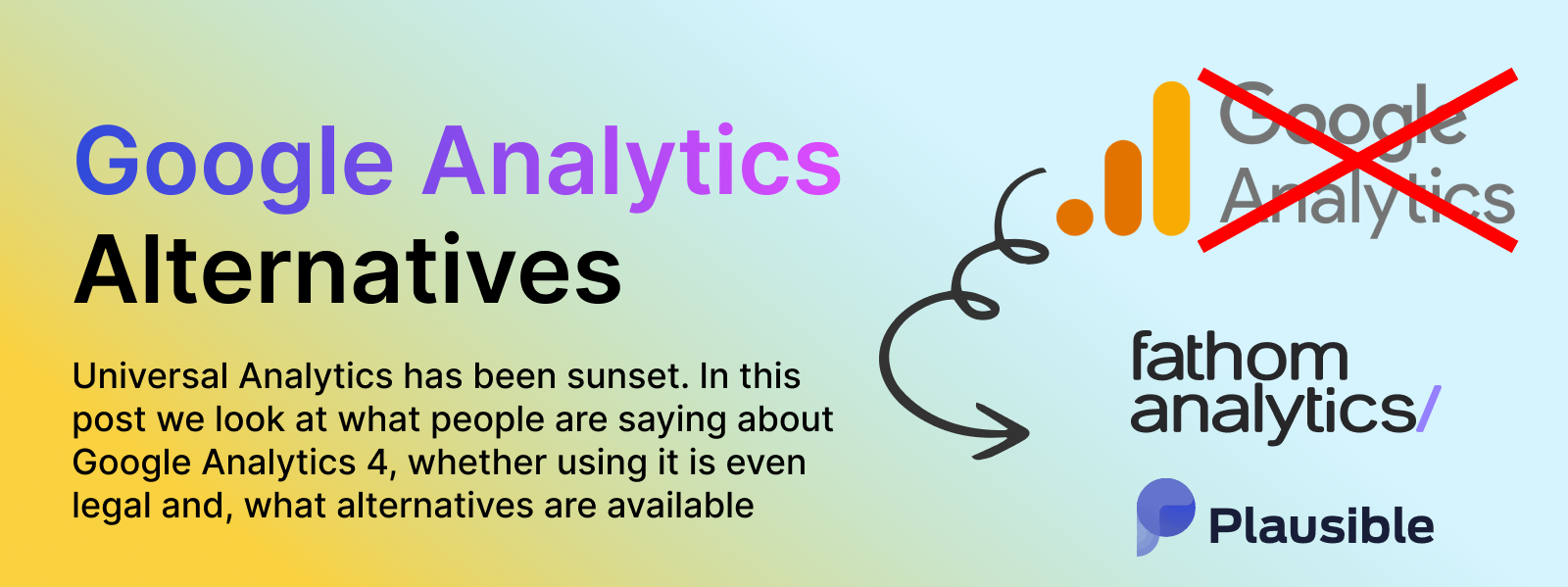In the competitive world of online retail, grabbing and holding a customer's attention is crucial. Personalized shopping experiences offer a solution, providing a unique and engaging journey for each individual. Imagine it as having a dedicated personal shopper within the vast online marketplace. Instead of endlessly scrolling through countless items, customers are presented with products and deals handpicked just for them. This streamlines the customer journey, making it more enjoyable and efficient.
This shift towards personalization represents a fundamental change in how businesses connect with their customers. Rather than a one-size-fits-all model, personalization prioritizes individual needs and desires. For instance, a customer who regularly buys running shoes might see suggestions for running apparel, hydration packs, or even information about local running events. This targeted strategy not only increases the chance of a sale but also builds loyalty and a sense of connection with the brand. Moreover, personalized interactions can go beyond product suggestions to include tailored content, exclusive offers, and even personalized emails.
This strategy allows businesses to recreate the best aspects of in-person shopping online. Think of a knowledgeable store assistant offering advice and recommendations. By understanding customer data, businesses can anticipate needs and offer proactive solutions, creating a truly individualized shopping experience. This results in higher conversion rates, increased customer lifetime value, and a stronger brand reputation. Ultimately, personalized shopping experiences are vital for online retailers to succeed, leading to increased customer satisfaction and business growth. Let's delve into the mechanics and advantages of personalization in the current retail landscape.
Data-Driven Personalization

As we've discussed, personalized shopping experiences are key to success in modern retail. But what drives these experiences? The answer is data. Data-driven personalization is the core of these tailored interactions, allowing businesses to truly understand their customers. This means retailers can move away from generic marketing campaigns and craft experiences that resonate with individual shoppers, building stronger relationships and increasing sales.
Picture a bookstore where the staff knows your preferred authors and genres. They can easily guide you to new releases or suggest hidden gems you might enjoy. This exemplifies the power of data in online retail. By gathering and analyzing customer data, businesses can recreate this personal touch online. Platforms like PureClarity (https://www.pureclarity.com/) use AI to provide personalized product recommendations, targeted content, and effective upselling. This data-driven method helps businesses anticipate needs and offer relevant suggestions, mirroring the experience of a helpful salesperson in a physical store.
Unlocking the Power of Customer Data
Data-driven personalization relies on several key pieces of customer information to create a holistic view of individual preferences. This data can be grouped into the following categories:
- Behavioral Data: This data tracks how customers engage with a website or app. It includes browsing history, pages viewed, products examined, and even the duration spent on each page. This provides valuable insights into what captures a customer's attention and their active interests.
- Purchase History: A customer's past purchases reveal their tastes and preferences. This data helps recommend similar products, complementary items, or even suggest upgrades or replacements. For example, a regular coffee bean buyer might appreciate recommendations for new blends or coffee-making accessories.
- Demographic Data: Information such as age, gender, and location helps businesses tailor their messages and offers to specific customer segments, enabling more relevant marketing campaigns and personalized recommendations.
- Contextual Data: This real-time data considers elements like the time of day, the device in use, and even the current weather to further personalize the experience. For example, a mobile shopper browsing during their lunch break might see different recommendations compared to someone browsing on their desktop in the evening.
From Data to Delight: Creating Personalized Experiences
Once this data is collected, sophisticated algorithms analyze it to find trends and predict future behavior. This allows businesses to craft personalized shopping experiences in various ways. Product recommendations become more precise, suggesting items that genuinely interest customers. Marketing messages become more relevant, speaking directly to individual needs. Even the website's layout can be personalized, highlighting products and content aligned with each customer's unique profile. This degree of personalization creates a cohesive and engaging experience that cultivates customer loyalty and encourages repeat purchases. It transforms the digital shopping journey from a generic one to a curated experience, ultimately leading to greater customer satisfaction and business success.
AI and Machine Learning
The shift from generic online shopping to individualized experiences wouldn't be possible without Artificial Intelligence (AI) and Machine Learning (ML). These technologies operate behind the scenes, analyzing immense amounts of data and understanding complex customer behavior. They form the backbone of the operation, enabling businesses to grasp their customers' preferences and tailor experiences accordingly.
How AI Powers Personalization
Manually sorting through millions of customer data points to create personalized recommendations for each individual would be an impossible feat. This is where AI shines. Machine learning algorithms can process this data rapidly, identifying patterns and predicting future actions. For instance, if a customer consistently purchases a specific brand, AI can predict their interest in new arrivals from that brand and proactively suggest them.
This predictive ability extends beyond product suggestions. AI can personalize the entire shopping process, from arrival on a website to post-purchase follow-up. This could involve customizing the website layout to showcase relevant products, personalizing search results to prioritize preferred items, or tailoring email communications to reflect individual interests. AI can even consider real-time contextual data, such as location or time of day, to further refine the personalized experience. This means a customer on their phone during their commute might see different recommendations than someone browsing on their desktop at home.
The Benefits of AI-Driven Personalization
The advantages of using AI and ML in personalized shopping are numerous. First, it dramatically improves the customer experience. By presenting relevant products and offers, AI reduces the time and effort needed to find desired items, making shopping more enjoyable and efficient. This results in increased customer satisfaction and loyalty.
Furthermore, AI-driven personalization boosts sales and conversions. By anticipating customer needs and offering targeted recommendations, businesses increase the likelihood of purchases. This also leads to higher average order values, as customers are more inclined to add related items or upgrades when presented with relevant suggestions. Finally, AI provides businesses with valuable insights about their customers. By analyzing behavior and preferences, businesses gain a deeper understanding of customer purchasing decisions, enabling them to refine marketing strategies and product offerings. This feedback loop of data analysis and personalization ensures businesses are continuously adapting to customer needs, driving growth and success in the competitive online retail world.
Mobile Shopping Experience

We've explored the power of AI and machine learning in shaping personalized shopping experiences. This leads us to the role of mobile devices, which have become the main gateway for many online shoppers. Mobile apps, in particular, offer unique opportunities to take personalized shopping to a new level of convenience and engagement. This mobile-first trend presents both opportunities and challenges for businesses aiming to personalize customer connections.
The Power of the Pocket: Mobile Apps and Personalization
Unlike websites, mobile apps maintain a constant presence on the customer's device. This constant accessibility enables direct communication between the brand and the consumer, allowing for personalized interactions throughout the day. Push notifications, for example, can alert customers to flash sales on previously viewed items or remind them to replenish frequently purchased products. This proactive engagement strengthens customer loyalty and encourages repeat purchases.
Moreover, mobile apps can use device-specific features like location services to create highly personalized experiences. Imagine a customer walking by their favorite store and receiving a notification about an in-store promotion or a discount on a wishlisted item. This combination of digital and physical shopping creates a powerful, unique, and personalized experience.
Enhancing the Mobile Shopping Journey with Personalization
Beyond notifications and location-based offers, mobile apps can personalize the entire shopping process. In-app product recommendations can be tailored to browsing history, purchase habits, and even real-time behavior. If a customer regularly buys organic produce, the app could highlight new organic arrivals or suggest related healthy recipes. Personalized search results within the app can prioritize preferred items, making it easier for customers to find what they need.
Personalization on mobile extends to checkout as well. Saved payment details and addresses streamline purchasing, increasing convenience and reducing friction. Personalized offers and discounts during checkout further incentivize purchases and elevate customer satisfaction. By crafting a smooth, efficient, and personalized mobile shopping journey, businesses build strong customer relationships and foster long-term loyalty. This transforms mobile shopping from a simple transaction into a curated, individual experience. It's about making every interaction count and building a connection that keeps customers engaged.
In-Store Technology
The convenience and personalization offered by mobile shopping have undoubtedly transformed retail. However, this doesn’t diminish the importance of the in-store experience. Physical stores are evolving, integrating digital tools to enhance personalized shopping in the offline world. This blending of online and offline strategies allows businesses to cater to a wider range of preferences and create a more complete brand experience.
Bridging the Gap: Digital Tools in Physical Stores
Imagine the frustration of visiting a store only to discover the item you want is out of stock. Now, picture using an in-store kiosk or a staff member's tablet to instantly check inventory at other locations or order the item online for home delivery. This illustrates how digital tools are bridging the gap between online and offline shopping, increasing convenience and personalization.
Interactive displays can offer personalized product recommendations based on customer preferences gathered online or through loyalty programs. A customer who regularly buys a certain brand of cosmetics online might see a personalized display featuring new arrivals or complementary products from that same brand when visiting the physical store. This integrated data allows for a more tailored in-store experience.
Creating a Seamless Omnichannel Experience
The goal of integrating digital technology in physical stores is to create a seamless omnichannel experience. This ensures that the personalized online experience extends to the physical store. For example, a customer who added items to their online cart could receive a reminder notification upon entering the store, encouraging them to complete their purchase. They could also receive exclusive in-store discounts on those items, further driving sales.
In-store beacons can transmit personalized messages and offers to customers' smartphones as they browse. These messages can highlight relevant products, promotions, or offer extra information about an item the customer is viewing. This highly personalized approach enhances the in-store experience, making it more engaging and relevant for each individual. This integration of technology within the physical store creates a more dynamic and personalized shopping experience, blurring the lines between online and offline and creating a cohesive and engaging customer journey.
Customer Privacy Concerns
While the integration of technology and data-driven insights significantly benefits personalized shopping, it raises important concerns about customer privacy. Collecting and using personal data is crucial for tailoring experiences, but addressing potential risks and concerns is equally vital. This balance between personalization and privacy is a crucial consideration for businesses building trust and maintaining ethical practices.

Transparency and Control: Empowering the Customer
One key concern for customers is the lack of transparency regarding how their data is collected and used. Many individuals are uncomfortable with the idea of companies tracking their online activity and building detailed profiles without their explicit knowledge or consent. Transparency is therefore paramount. Businesses must clearly explain their data practices, detailing what information they collect, why they collect it, and how they use it to personalize the shopping experience. Open communication builds trust and empowers customers to make informed choices about their data.
Customers should also have control over their data. This means providing access to, modification of, and deletion of personal information. Offering opt-out options for personalized recommendations and targeted advertising is essential. Giving customers control reinforces their sense of autonomy and allows them to actively shape their online experience. Just as they choose items for their physical shopping cart, they should control which data points contribute to their digital shopping profile.
Data Security and Protection: Safeguarding Sensitive Information
Data security is another critical aspect of customer privacy. With increasing amounts of personal information collected and stored, businesses have a responsibility to protect this data from unauthorized access and misuse. This requires implementing strong security measures, such as encryption, access controls, and regular security audits. Like a bank safeguarding financial assets, businesses must protect the valuable asset of customer data.
Data breaches can have severe consequences for both individuals and businesses. Customers may face identity theft, financial losses, and reputational damage. Businesses can face legal penalties, financial liabilities, and a loss of customer trust. Therefore, proactive data protection is not just good practice, but a necessary investment in building customer confidence and preserving business integrity.
Balancing Personalization and Privacy: A Path Forward
The way forward involves finding a balance between delivering personalized shopping experiences and respecting customer privacy. This requires a shift in perspective, viewing privacy not as an obstacle but as an integral part of personalization. By prioritizing transparency, control, and data security, businesses build trust with their customers and create a positive and ethical approach to personalization. This allows businesses to use data effectively while respecting individual rights and promoting responsible data handling. Building this foundation of trust is crucial for the continued success of personalized shopping, ensuring customers feel valued, respected, and empowered.
Conclusion
Our exploration of personalized shopping reveals a major shift in the retail world. From data-driven insights and AI-powered recommendations to the integration of mobile and in-store technologies, personalization is no longer a concept of the future, but a current reality. This evolution reflects a growing understanding of today’s consumer, who expects brands to recognize their individual needs and preferences. Businesses must adapt or risk being left behind in this new era of retail.
The Future of Personalized Shopping
The future of personalized shopping promises even more refined and integrated experiences. Developments in AI and machine learning will enable even more accurate predictions of customer behavior, leading to highly personalized recommendations and offers. This might include predicting a customer's need before they even recognize it or offering proactive customer service based on anticipated issues.
The boundaries between online and offline shopping will continue to blur. Augmented reality and virtual reality technologies will further enhance the in-store experience, allowing customers to virtually try on clothes or visualize furniture in their homes before purchasing. This blending of the digital and physical will create a more immersive and engaging shopping journey.
The Importance of Personalization
The importance of personalized shopping experiences cannot be overstated. In a world overflowing with choices, personalization helps customers navigate the vast array of available products and services. It simplifies decisions, saving customers time and effort. More importantly, it fosters a connection between the customer and the brand, building loyalty and repeat business. This personal touch transforms shopping from a transaction into a valued relationship, where businesses truly understand and anticipate individual customer needs.
For businesses aiming to succeed in today’s competitive retail market, embracing personalization is not simply advisable; it's essential. By providing tailored experiences that resonate with individual customers, businesses build lasting relationships, increase sales, and achieve sustainable growth.
Ready to transform your online store and create personalized shopping experiences that convert? Start your free trial of PureClarity today and discover the power of AI-driven personalization: https://www.pureclarity.com/





